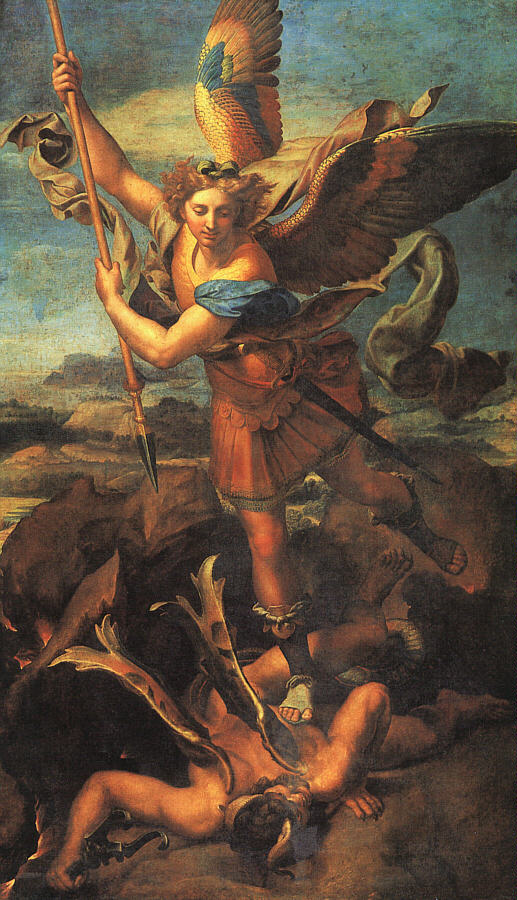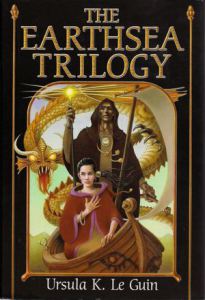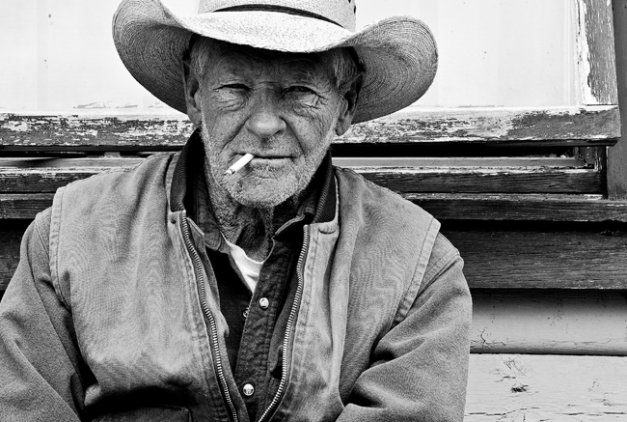Dragon-riders
the human being in maturity
Images from Europe, of the relationship of Archangel Michael and the Dragon, frequently portray Michael as killing the Dragon. Or if we are more charitable, Michael has his foot on the Dragon and seems ready with spear or sword to kill the Dragon. Certainly Michael dominates the Dragon with a threat of violence.
What is the soul-spiritual background behind such an image? Is it representative of the truth? What is the meaning of the Dragon?
Certainly the image of the Dragon in European art is meant in most cases to be a representation of evil. Michael is good, the Dragon is evil. The image also seems intended to be rooted in something “Christian”. Is it Christian? Would Christ kill or dominate the Dragon? That does not appear to be the meaning of Rudolf Steiner’s statue: The Representative of Humanity. ~!~
Steiner tells us (in the lectures connected under the title: The Fall of the Spirits of Darkness) that there was a battle in heaven around 1879, and Michael threw the Dragon to earth, as well as various related hierarchies of invisible spiritual beings, who then united with various earth-bound spirits of the dead (unable to truly begin their work in the afterlife), and the two groups (dark hierarchies and troubled dead) are at work then in our civilization (impliedly causing all manner of trouble).
Perhaps this stream of thinking has its origin with St. Paul, who clearly thought of the human body as fallen, and a source of corruption. In the First Letter to the Thessalonians: “...this is the will of God, your sanctification: that you abstain from unchastity, that each one of you know how to control his own body in holiness and honour , not in the passion of lust like heathens who do not know God.”
Really? The heathens do not know God? Seems to be a very peculiar God of Love that would withhold Himself from anyone.
Remember please that Paul was not a disciple and that when the Roman Catholic Church created the present form of the New Testament, that Roman Church made Paul’s writings its center and credo. This was an act as much social/political as it was religious, for Paul began his career hunting and crucifying early Christians, and only after his conversion on the Road to Damascus does Paul “see the light”. Yet, is he not like a lot of “converted”, of whatever new system of thought: morally self-righteous and certain? Paul is not the only person to “see the light”, but the Roman Church put him front and center and most historians of Christianity see Paul as the founder of the religion. (1)
If we look carefully at modern forms of Christian religion, we often have a hard time seeing people who follow in the footsteps of the Christ of the Gospels. Like Paul they are frequently self-righteous and judgmental. (2)
Rudolf Steiner has suggested Christianity, as a religion, is still becoming - it is not yet all that it is meant to be. Someone, according to Steiner, will be a great teacher of the Christ Impulse in the Fifth Post-Atlantean Epoch. What is going on here, in modern life in the sense of this becoming, which if we follow after Goethe, may well involve a dying into a new becoming. What then is the Dragon, as a symbol of evil, in such a context?
Consider for the moment the organism of the soul represented by the concepts of the systems of energy centers we know as the lotus flowers or the chakras. We can find there three integrated systems bearing the signature of threefolding.
The overall threefolding is that there are three centers above the heart (crown, eyebrow and throat) and three centers below the heart (base, reproductive and solar plexus). Each of those is also a sub-threefolding, with eyebrow being the center element of crown and throat, while the reproductive is the center of the base chakra and the solar plexus. We can gain additional insight by noting Steiner’s observations of the upper pole of the human organism consisting of the nerve-sense system, the lower pole as consisting of the metabolic-limb system, and the middle mediating element between these two being an accomplishment of the rhythmic system - the breathing and the blood circulation.
Steiner further describes (and self observation of the soul confirms) that we are more conscious at the upper pole (thinking), hardly conscious at all at the lower pole (willing), and more or less dreaming in the middle or mediating aspect (feeling).
Is the image of the Dragon an instinctive representation of the lower pole, wherein lie the secrets of the will, while Michael is an instinctive representation of the upper pole in its relationship to the lower pole? Or as Paul seems to conceive it, that: ... each one of you know how to control his own body in holiness and honour.
To this flow of concepts let us now add some sense of how the Dragon is represented in the cultural East, and the cultural West. Keeping in mind that Michael and the Dragon is a representation out of the cultural Center.
In China, for example, the Dragon is often a symbol of wealth and power - a very ancient symbol. This symbol is everywhere, and as Steiner reported: Lucifer incarnated in the East five thousand years ago.
Buddhist images of the Dragon often have the Buddha, or the Goddess of Mercy (Isshinkai), standing upright on the Dragon. The work of the Sixth Buddha seems to be mostly free of Lucifer’s influence, coming as it does just six hundred years before Christ’s Incarnation. It is to be the Seventh (or Maitreya) Buddha who is the great teacher of the Christ Impulse in the Epoch of the Consciousness or Spiritual Soul (again, according to Steiner).
The Michael/Dragon image seeks to tell us that there is (at first blush) a tendency to see there a battle taking shape, which is true in human biographies as well. But the European image is not yet fully on the Earth, there being too much of St. Paul’s confusion at play. Only in the Americas does the image of the Dragon begin to mature, and take its place as a symbolic representation of the true potential relationship between the upper pole of the human organism and the lower.
Aztec Pyramid
In American (USA) fantasy and science fiction literature and films, the Dragon often is ridden or has a rider (see the Dragonriders of Pern by Anne McCaffrey). Of particular interest is the use of the Dragon in the Earthsea stories of the American writer Ursula K. LeGuin. In her version/tales we talk to the Dragon and the Dragon talks back. There is neither domination, or standing upright upon, but communication leading to permission to ride.
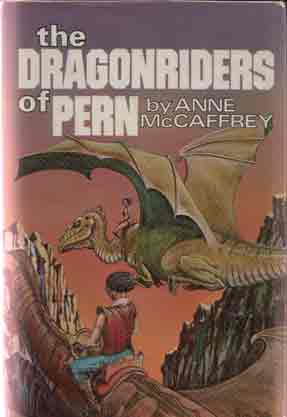
America is a peculiar place, in a way, for it appears that Ahriman has incarnated here. (3) This implies that a great battle is to take place in America, which might be linked to the Mystery of the Culmination, and the turn of the Century (20th to 21st) encounter between the Aristotelians and the Platonists. (4)
LeGuin, a very wise woman, in her imaginative work in the Earthsea tales, sees the Dragon as the oldest Being, the most magical and connected to the creation as a participant. Women are natural Dragons in their deep nature in these stories - able to transmute back and forth from one form to another. The man may ride the Dragon, if given permission, but cannot become one. We might be tempted to doubt LeGuin’s imagination, but if we read her book The Dispossessed, we would find there an imaginative representation of the principle ideas of Steiner’s The Philosophy of Freedom, expressed in/an~!~fictional society where the struggle to realize this freedom was the basis of the whole social order.
Keep in mind that in Steiner it is the Holy Mother, from the depths on the other side of the Inner Spheres of the Earth, who rules the dark, which if we understood that symbolism means that the lower charkas - the Dragon, wherein resides the secrets of the will, is the oldest power of all (power being different in nature from Love and Justice). (5)
We are to have communication and communion with our lower instincts - our appetites, for they are already holy. And, it is the feminine side of the soul that knows the Way. We can find this already happening in the United States of America, in the Twelve Steps of Alcoholics Anonymous. AA is a community process, involving confession and dialogue. It is fully feminine in its social nature. In AA the raw element of the excessive temptations of the appetites are faced, accepted and mastered, through a feminine social process that begins with surrender: 1. We admitted we were powerless over alcohol -- that our lives had become unmanageable. 2. Came to believe that a Power greater than ourselves could restore us to sanity. 3. Made a decision to turn our will and our lives over to the care of God as we understood Him. [By the way, the Twelve Steps never use the word “I”, only the word “We”] (6)
The upper pole, where the “I” is most awake, needs (for our human maturation) to learn of the lower pole, where the “I” is mostly asleep. A relationship is encouraged, through direct experience. That Dragon - the lower chakra threefoldness - as we go into the future, is neither somewhat free and independent (the cultural East), or to be mastered through threat of death (the cultural Center), but rather to be understood and known through communication and community (the cultural West).
We do need one more nuance here, which is to consider what is the relationship between all this and the threefold double-complex. The Dragon is not the Double. The Dragon is a metaphor for the hidden secrets of the will - the lower three lotus flowers. The Double is a collective of spiritual companions, allowed to thrive in the soul, intimately near to the “I”, so as to aid in the appearance of karma, and support our still weak intelligence until we mature inwardly in ourselves. In conventional terms these are: the ahrimanic double (the prosecutor); the luciferic double (the tempter); and the human double (such as addictions etc., which Steiner called cancers of the soul). (7)
This company of “creatures” are not our only companions in the soul. There is, as well, the guardian angel; the higher “I” in the form of the conscience; and the occasional appearance of the Holy Spirit, when we are open to inwardly listening for It. Three higher spiritual companions and three lower spiritual companions.
As the biography passes into its maturity, where (for example) karma begins to slide away after 63, and an unusual freedom comes with entering this the 10th seventh of years, where the lower and the higher elements begin to become fully balanced, although on occasion disharmonies remain. At age 70, this task of balance is mostly complete and now we enter into a certain degree of freedom from the need to strive at all. We naturally become again as little children.
The “I” in maturity becomes a Dragon-rider - able to manage the lower chakras according to the degree of spiritual self-consciousness won in life. This is the grace we often find in our elders - a kind of contentment with who they are, and an absence of any need to strive or war anymore against the world, or the untamed-self.
Sure, you will find mature political activists or perhaps even hit-men. But in those cases the individual was that Way before this more settled stage of maturation. They continue to be who they discovered that they are. Whether curmudgeon or nag. Artist or drunk. Saint or sinner.
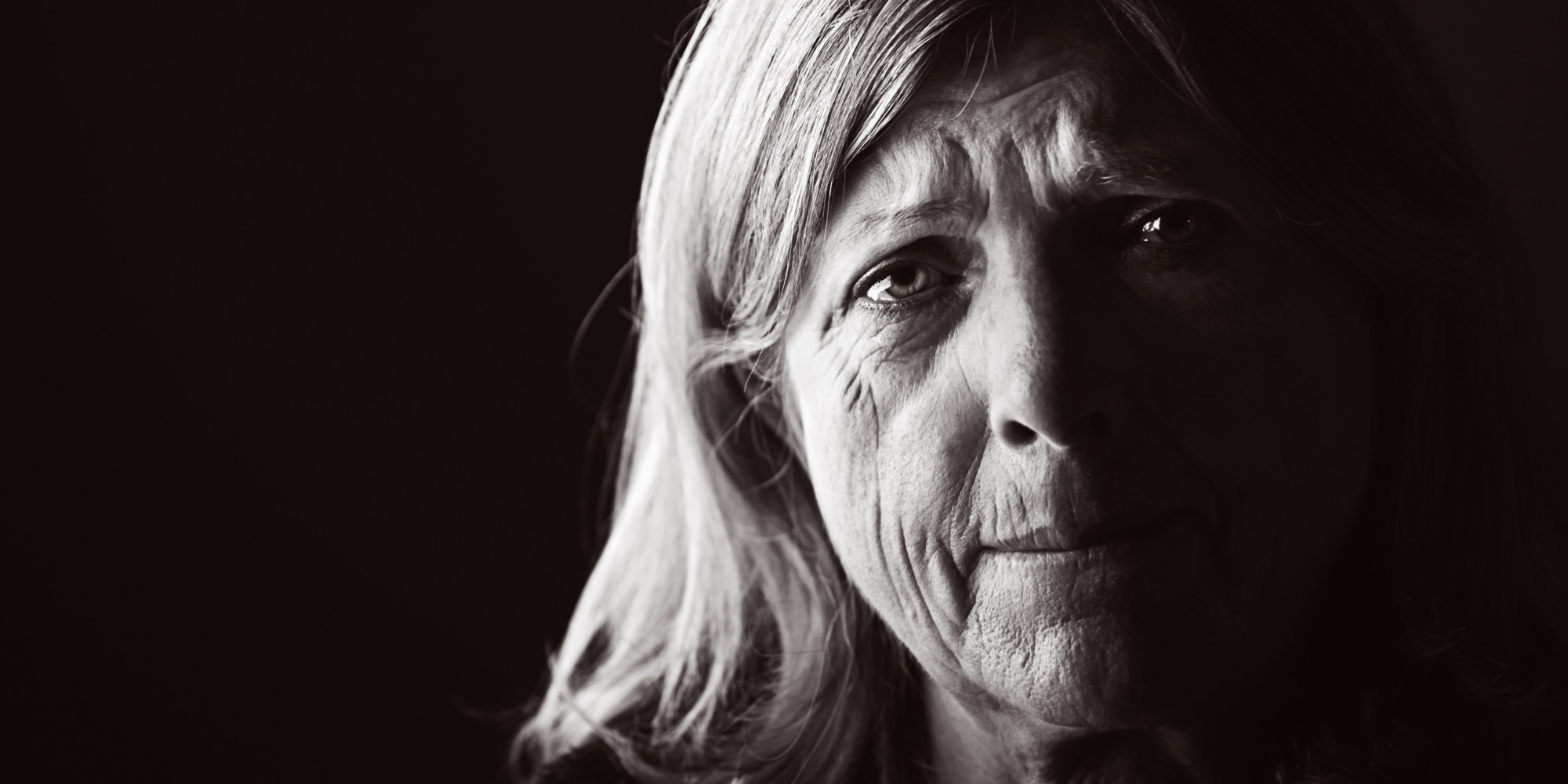
The “I” and the Dragon are now one. The rider unites with/into the horse. The horse surrenders to the rider. It is no wonder that Steiner told us of how beneficial to the Earth were our elders. How tragic then is our want and need to have to hide so many of them away, and overlook all the wisdom of life they won at such grave costs over so many years of strife. The present-day gap between the elders and the young may be one of the greatest tragedies of modern civilization.
Perhaps, when we can re-recognize our Dragon-riders, we will find something very important that no longer need be lost. Yet, elder or Dragon-rider, a rose by any other name is still a rose, and that simile is especially apt, because a Dragon-rider content with who they have become often has all kinds of the most lovely thorns. Dragons do breathe fire after all.
Joel A. Wendt, age 73
(written on the Friday, Saturday and Sunday
of Easter Week, 2014)
Notes:
(1) “Saving the Catholic Religion from the Roman Church - through deepening our understanding of the Third Fatima Prophecy”: http://ipwebdev.com/hermit/SavingCatholicReligion.html
(2) "Barack Obama and the reality of the anti-Christ spirit - what might happen if you begin to insert reason into Christian discourse, on questions of public life": http://ipwebdev.com/hermit/barackobama.html
(3) "Ahriman 2012": http://ipwebdev.com/hermit/Ahriman2012.html
(4) "The Potential Mission of the Anthroposophical Society in the Early Centuries of the Third Millennium: the understanding of this Potential Mission is intimately connected to first fully understanding: the Culmination": http://ipwebdev.com/hermit/Culmination.html
(5) "Sex, Porn and the Return of the Divine Feminine": http://ipwebdev.com/hermit/sex,porn.html
(6) "The Spiritual Scientific Import of the Twelve Steps of Alcoholics Anonymous": http://ipwebdev.com/hermit/TwelveSteps.html
(7) "the Mystery of Evil - in the Light of the Sermon on the Mount": http://ipwebdev.com/hermit/mysteryofevil.html
